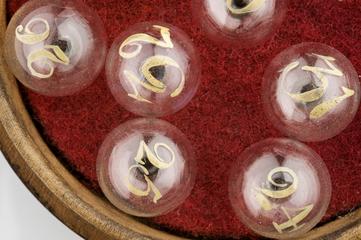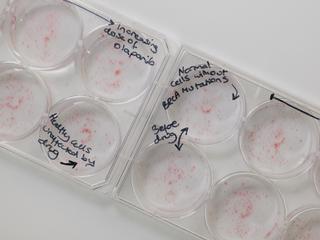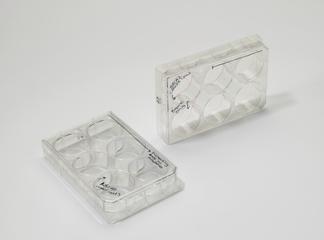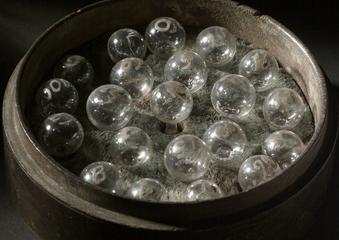

Replica of Clayfield's mercurial airholder c.1800
This copy of an experimental apparatus was made by the University of Leeds in 1968 for a film in which they repeated Sir Humphry Davy’s (1778-1829) experiments with nitrous oxide.
Davy (1778-1829) used this type of instrument during his research on nitrous oxide or ‘laughing gas’. His description of the machine can be found in his ‘Researches, Chemical and Philosophical; Chiefly Concerning Nitrous Oxide’ (London, 1800). The original machine was invented by William Clayfield sometime between 1795 and 1800 and was used to measure how much nitrous oxide could be inhaled by a patient. In his experiments it was often Davy himself who was the subject. The jar at the bottom was filled with mercury. The volume of gas that remained above the mercury was shown on the wheel at the top, using a system of weights.
Nitrous oxide parties were popular in the early 1800s, causing hysterical laughter followed by a sluggish state. Due to its recreational use and some failed experiments, it was not taken seriously by the medical profession until the late 1860s when it replaced chloroform as the preferred anaesthetic in dentistry. However, it could only be used for short treatments.
Details
- Category:
- Laboratory Medicine
- Collection:
- Sir Henry Wellcome's Museum Collection
- Object Number:
- A640990
- Measurements:
-
overall: 770 x 375 x 235 mm
- type:
- mercurial air holder
- credit:
- University of Leeds




